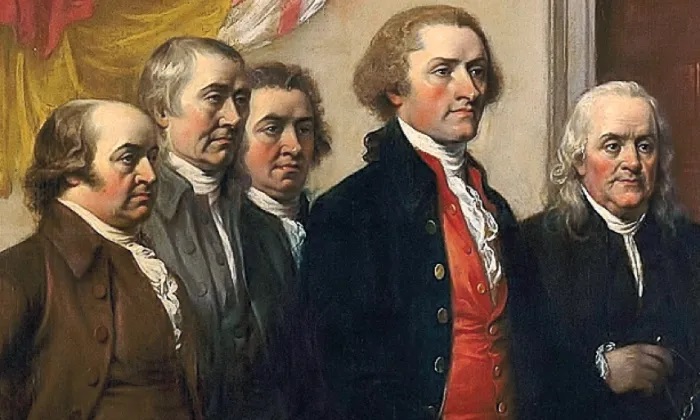It’s been ten years since New York Times reporter Jayson Blair was caught having “lied and faked and cheated his way through story after story — scores of them, for years,” The Times Public Editor Margaret Sullivan writes (May 4).

It was the first, and hopefully, last time I ever saw a newspaper list story after story by Blair for four, full pages complete with corrections made by staff members who thoroughly investigated each one.
In one fell swoop, The New York Times, a standard of journalistic integrity for 162 years was laid low by one lone reporter who fabricated one sensational story after another, all under the not-watchful-enough eyes of editors like Howell Raines.
“It was like stepping on a land mine,” Raines told Sullivan in a phone interview.
“…publisher Arthur O. Sulzberger Jr. called it ‘a huge black eye’…[and] Glenn Kramon, who was the business editor at the time and helped in the paper’s exhaustive investigation of Mr. Blair’s wrongdoings, remembers just how brutal that period was: ‘I didn’t realize how bad things had become until the P.R. guy from Enron called to tell us to hang in there.’ And he remembers the emotions: ‘I felt anger on behalf of the 400 or so scrupulous, dedicated reporters who were incapable of such behavior.’ ”
Sullivan is The Times’ Public Editor, an independent judge who gives readers a direct voice to the powers that be by responding to readers’ questions and comments concerning the how and why of stories and other issues.
Founded in 1851, The New York Times — “all the news that’s fit to print” — has been a mainstay of rigorous reporting earning 112 Pulitzer Prizes, more than any other news organization. And its Web site, nytimes.com, garners 30 million unique visitors per month.
In 1964, The New York Times was responsible for establishing the “actual malice” standard regarding press reports of public officials and public figures. The Supreme Court ruling, (New York Times Co. v. Sullivan), found that “The malice standard requires the plaintiff in a defamation or libel case prove the publisher of the statement knew the statement was false or acted in reckless disregard of its truth or falsity.”
In 1971, The Times was the first to report on “The Pentagon Papers” — about the political and military involvement in the Vietnam War.
However, the two most damaging incidents to The Times’ reputation remain the repeated fabrications by Blair and “…the paper’s flawed reporting [by reporter Judith Miller] about the existence of weapons of mass destruction that led up to the Iraq war.”
“I regret any error that ever got into the paper,” former editor Raines told Sullivan, “but from where I sat, there was a total congruence — everything was coalescing around one message. I was suspicious and perhaps I should have been more aggressive in pursuing that suspicion.”
Sullivan points out that “nearly a year after Mr. Raines’s departure, The Times faulted itself for being ‘taken in’ on Iraq and pledged more skeptical and rigorous reporting.
“Anything that damages credibility,” Sullivan writes, “a rogue reporter’s lies, a too-trusting attitude toward government sources and the prevailing narrative — has to be guarded against energetically. The Times has taken important steps toward that end.”
Criticized by some for its lack of coverage on the recent Benghazi incident that led to the deaths of four Americans, The Times announced that it plans to cover the Capitol Hill hearings this week.
“Trust is the coin of our realm,” retired columnist Clyde Haberman said. “We trust that the people we interview are being straight with us. We trust that our confidential sources are decent folks. We trust that our reporters went to the places they say they went, and spoke with the people they say they met. Naturally, trust doesn’t mean blind faith. ‘Trust but verify,’ as Ronald Reagan said in a different context. But generally speaking, we are no different from anyone else on this planet: We accept that the people we deal with, and work with, are honorable.”
Comments









